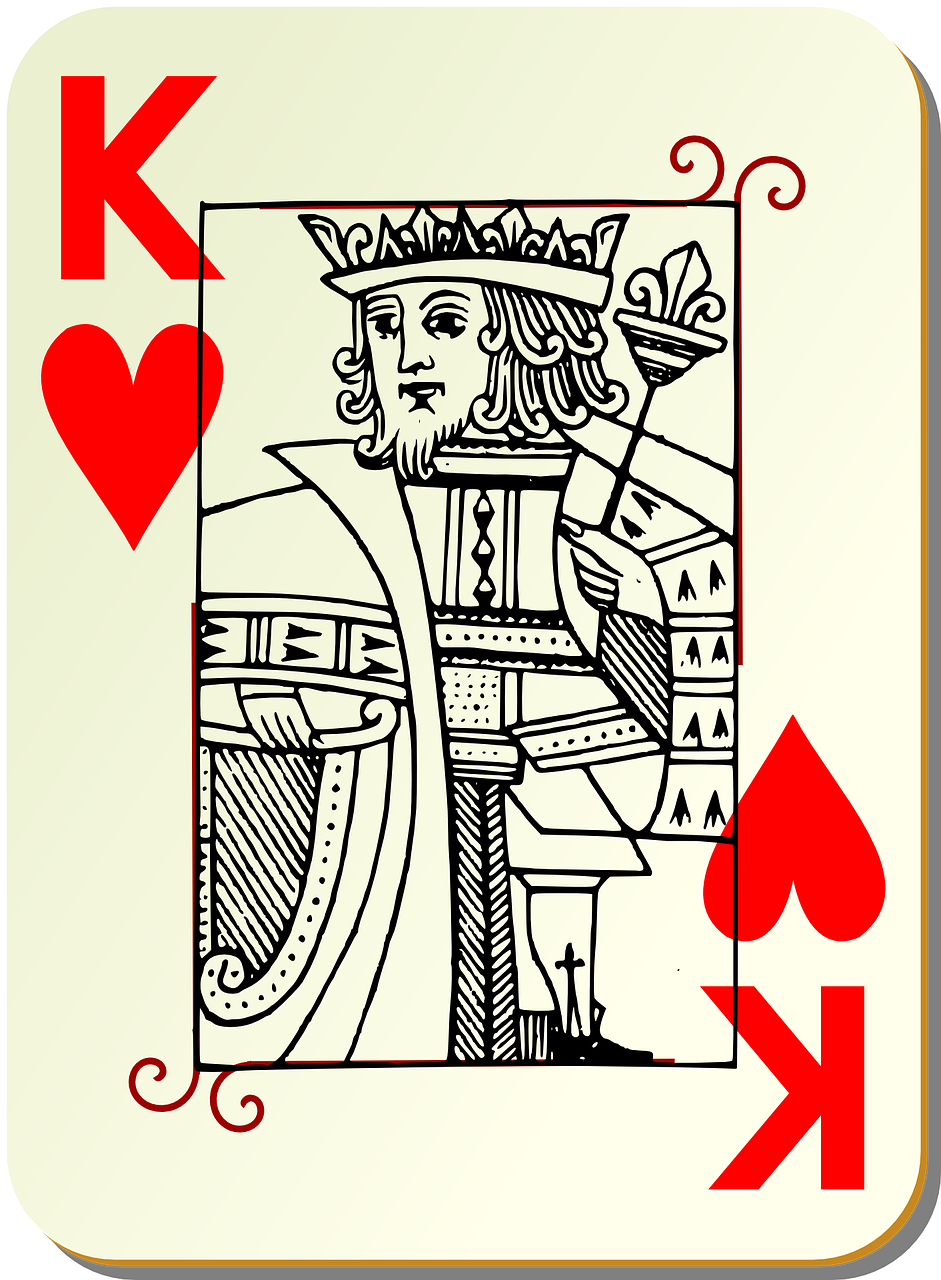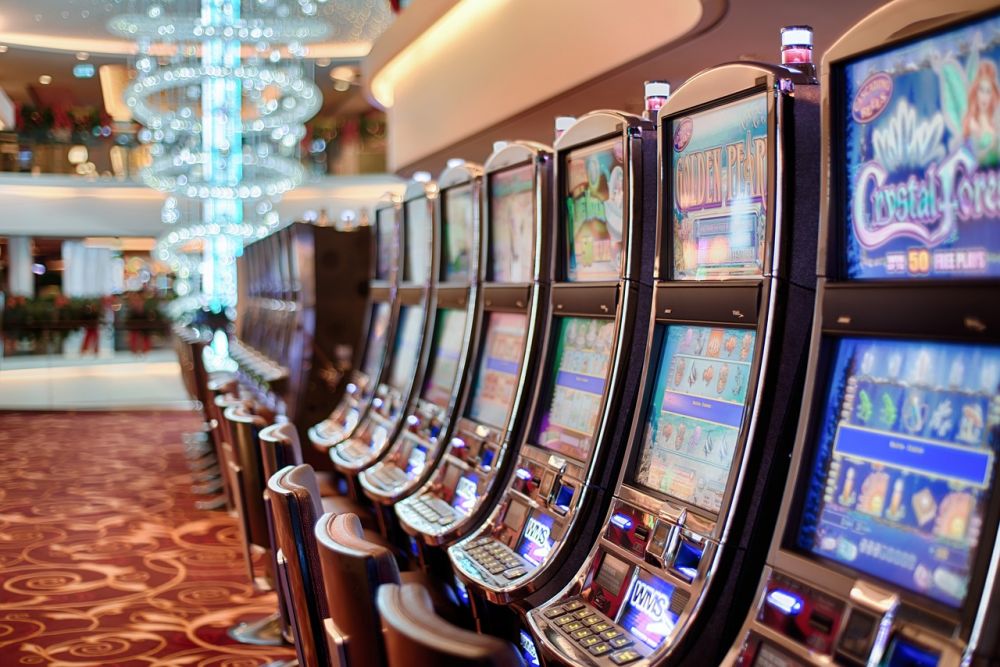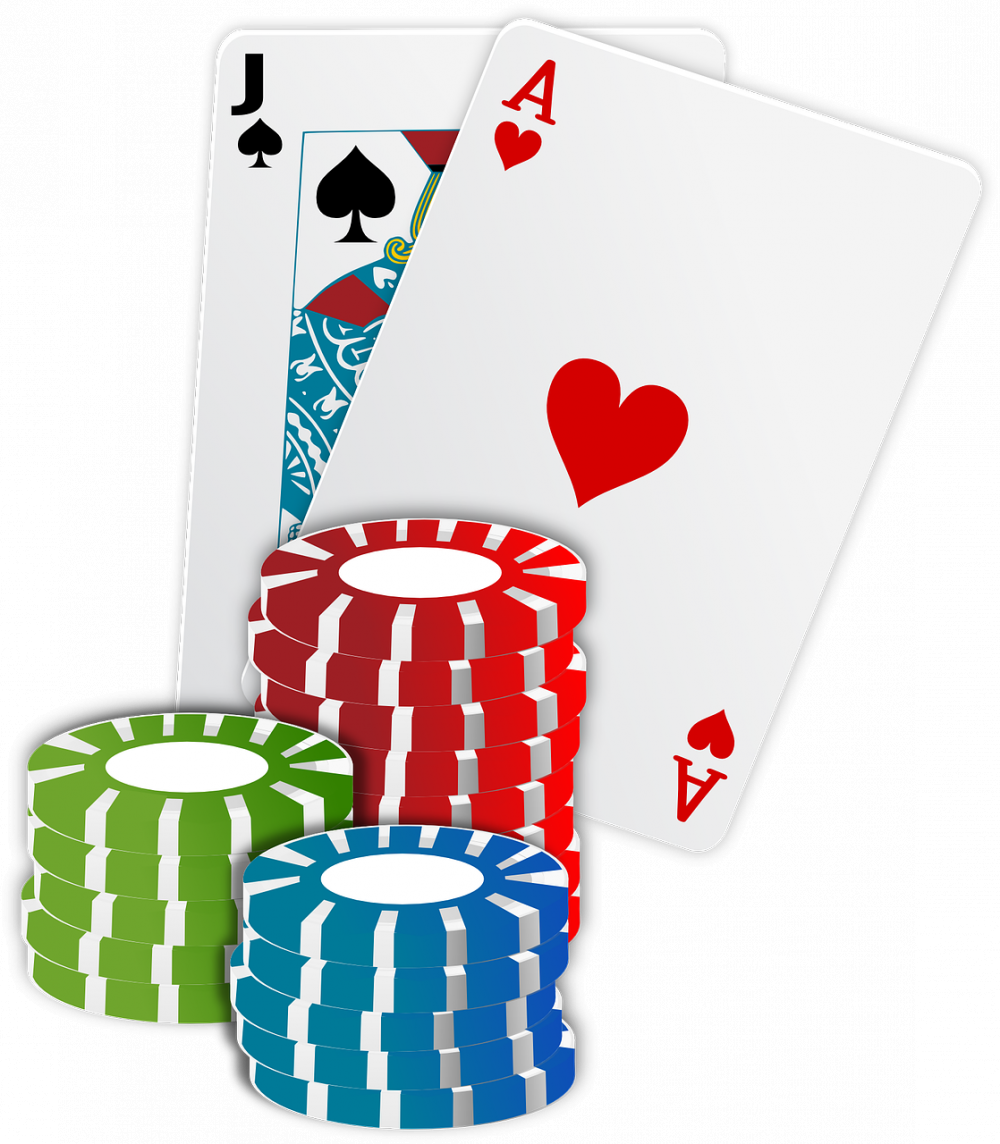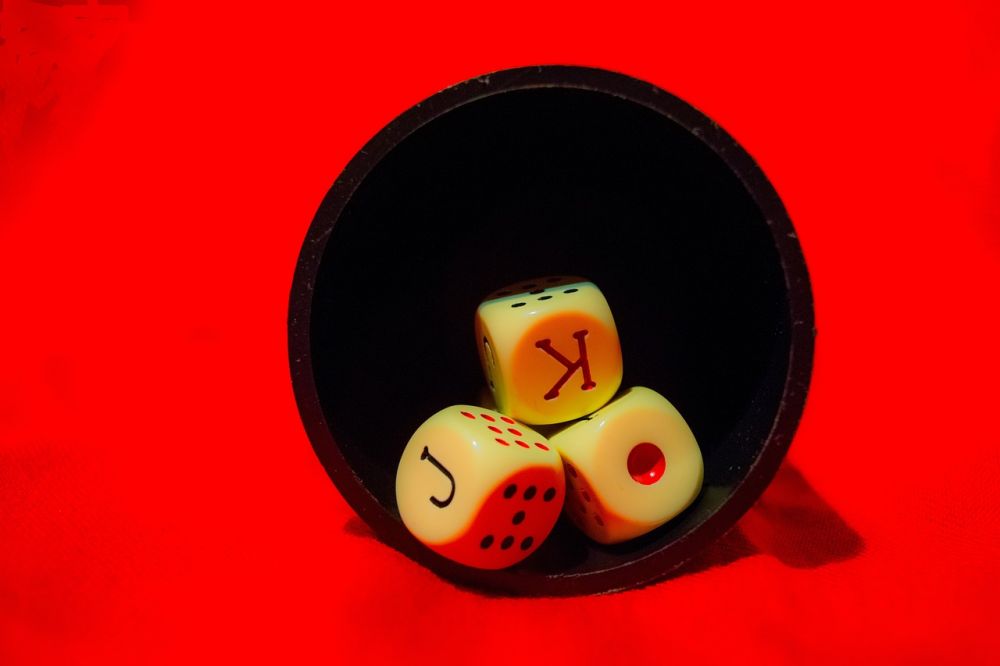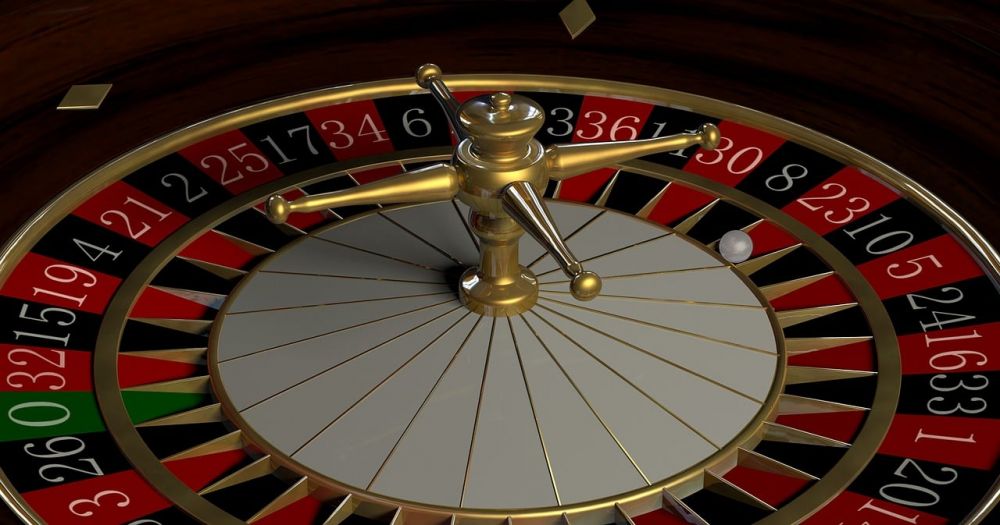Counting cards in blackjack is a strategy used by professional players to gain an advantage over the casino

It involves keeping track of the cards that have been dealt to determine the probability of certain cards remaining in the deck. In this article, we will explore the ins and outs of counting cards in blackjack, its historical evolution, and what every casino enthusiast should know about this technique.
Introduction to Counting Cards in Blackjack
Counting cards is a technique used in blackjack to give the player an edge over the house. It is not illegal, but casinos frown upon it and may ask players to leave if caught. However, with proper knowledge and practice, it is possible to become proficient at counting cards without drawing attention.
When counting cards, the player assigns certain values to each card that is dealt. Typically, cards with a value of 10 (10, Jack, Queen, King) and Aces are assigned a value of -1, while low-value cards (2-6) are assigned a value of +1. Cards with a value of 7, 8, or 9 are considered neutral and are not assigned a value. The player keeps a running count of the values assigned to each card as they are dealt.
By keeping track of the running count, the player can determine when the deck is rich in high-value cards (favorable to the player) or low-value cards (favorable to the dealer). This knowledge allows the player to adjust their bets and playing strategy accordingly.
Historical Evolution of Counting Cards in Blackjack
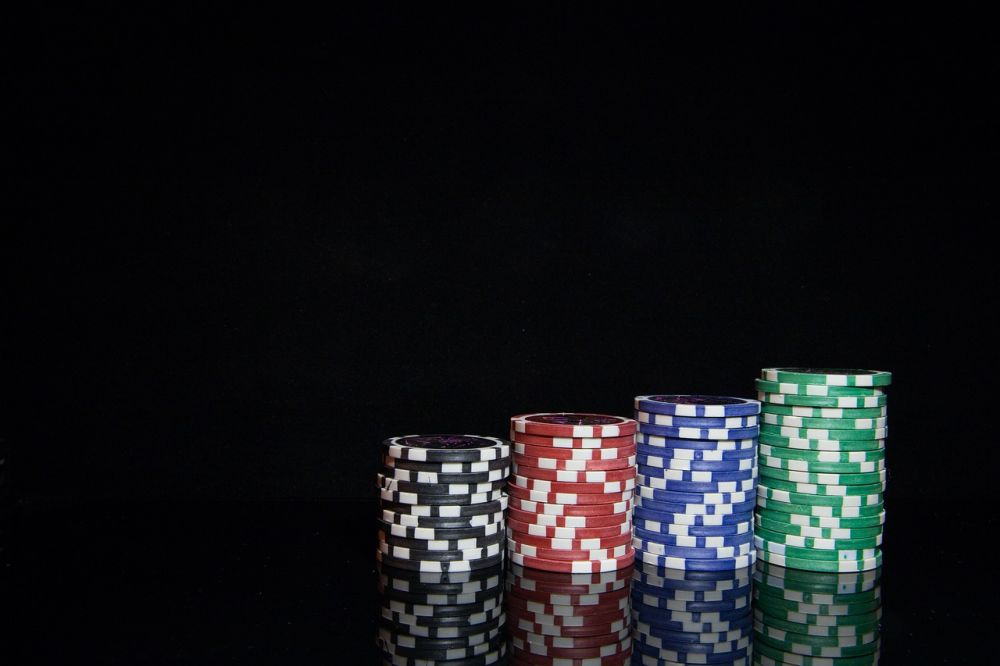
The history of card counting can be traced back to the 1950s when a group of students from the Massachusetts Institute of Technology (MIT) developed a systematic approach to counting cards. They used statistics and mathematical models to gain an advantage over casinos. This marked the beginning of the modern era of card counting.
Over the years, different card counting systems have been developed, each more refined and sophisticated than the last. Some systems, such as the Hi-Lo Count and the Knock-Out Count, assign different values to cards based on their effect on the player’s advantage. Other systems, like the Zen Count and the Wong Halves, require more complex calculations but offer higher accuracy.
These advancements in card counting techniques have made it possible for players to achieve a higher edge over the house. However, it is important to note that card counting is not a guaranteed way to win. It merely increases the likelihood of making profitable decisions based on the current state of the deck.
Tips and Strategies for Counting Cards in Blackjack
Counting cards effectively requires practice, discipline, and concentration. Here are some tips and strategies to help you get started:
1. Start with a simple card counting system: As a beginner, it is advisable to start with a simple card counting system that assigns values of +1, 0, and -1. This will help you get comfortable with the basics of counting without overwhelming you with complex calculations.
2. Practice without distractions: Counting cards demands intense concentration. Practice in a quiet environment without distractions to improve your focus and mental arithmetic skills.
3. Maintain a balanced count: In a balanced counting system, the sum of all the card values in a complete deck is zero. This means that if you keep an accurate running count, you should eventually end up at zero when all the cards have been dealt.
4. Be aware of casino countermeasures: Casinos are vigilant about detecting card counters and may take measures to stop them from playing. These countermeasures can range from reshuffling the deck mid-game to banning suspected card counters. Be cautious and adapt your strategy accordingly to avoid detection.
5. Combine card counting with basic strategy: Card counting is most effective when combined with basic blackjack strategy. Knowing when to hit, stand, double down, or split based on the count will maximize your advantage over the casino.
With practice and dedication, counting cards in blackjack can become a profitable skill. However, it is important to remember that it is not a foolproof method, as luck still plays a significant role in the outcome of each hand. Take the time to study and practice, and you may find yourself gaining an edge in the exciting world of blackjack.
In conclusion, counting cards in blackjack is a technique that can give players an advantage over the casino. Although not illegal, it is often frowned upon by casinos. Understanding the basic principles and adopting a suitable card counting strategy can help players gain an edge in this popular casino game. However, it is crucial to practice diligently and exercise caution to avoid detection. Counting cards is a skill that requires time and effort to develop, but with persistence, it can be a rewarding strategy for casino enthusiasts who are willing to put in the work.
